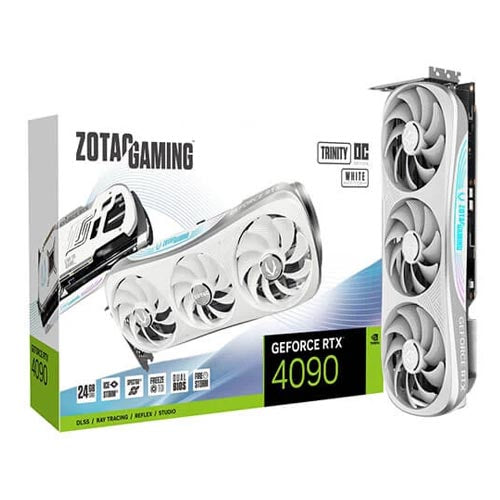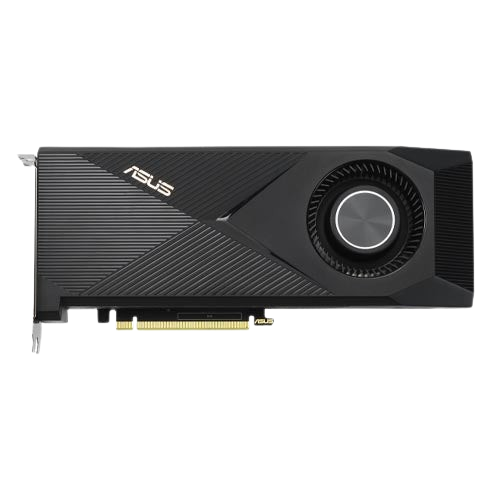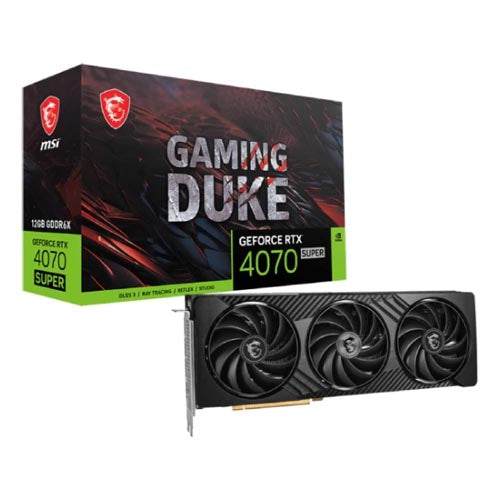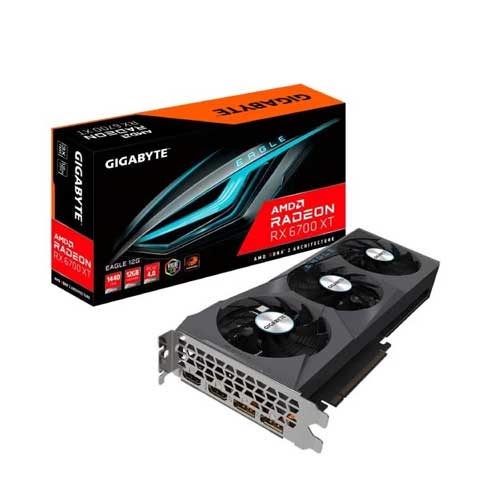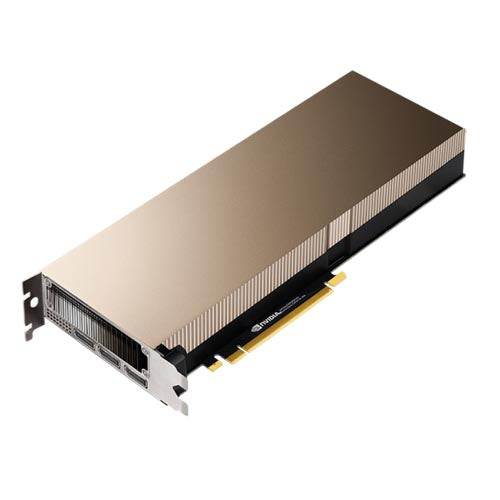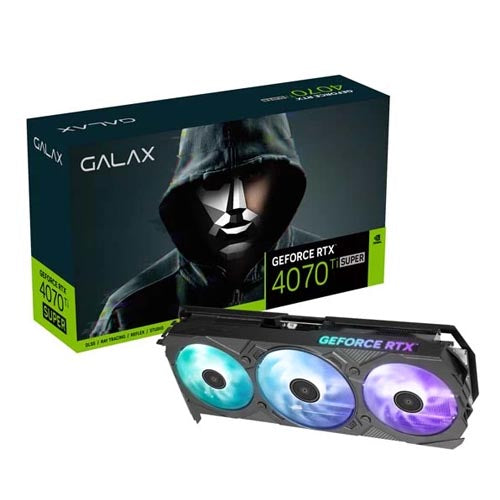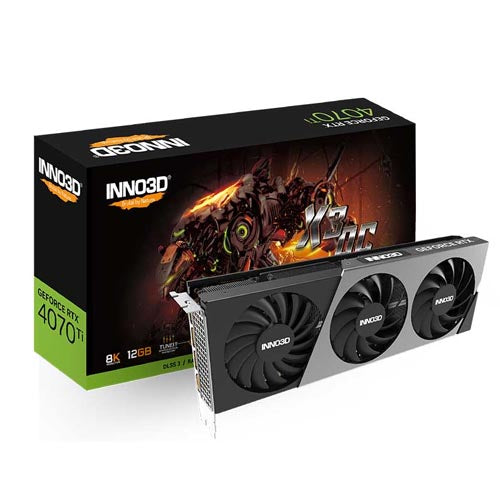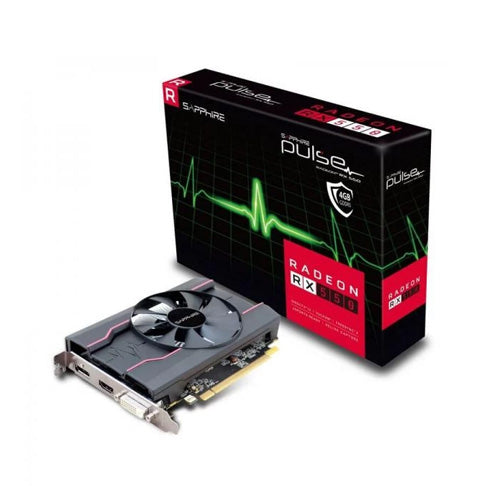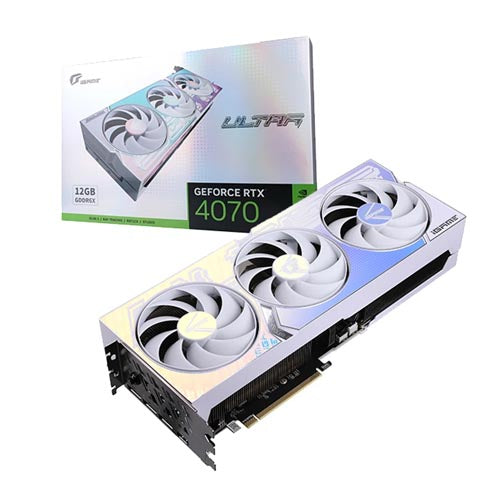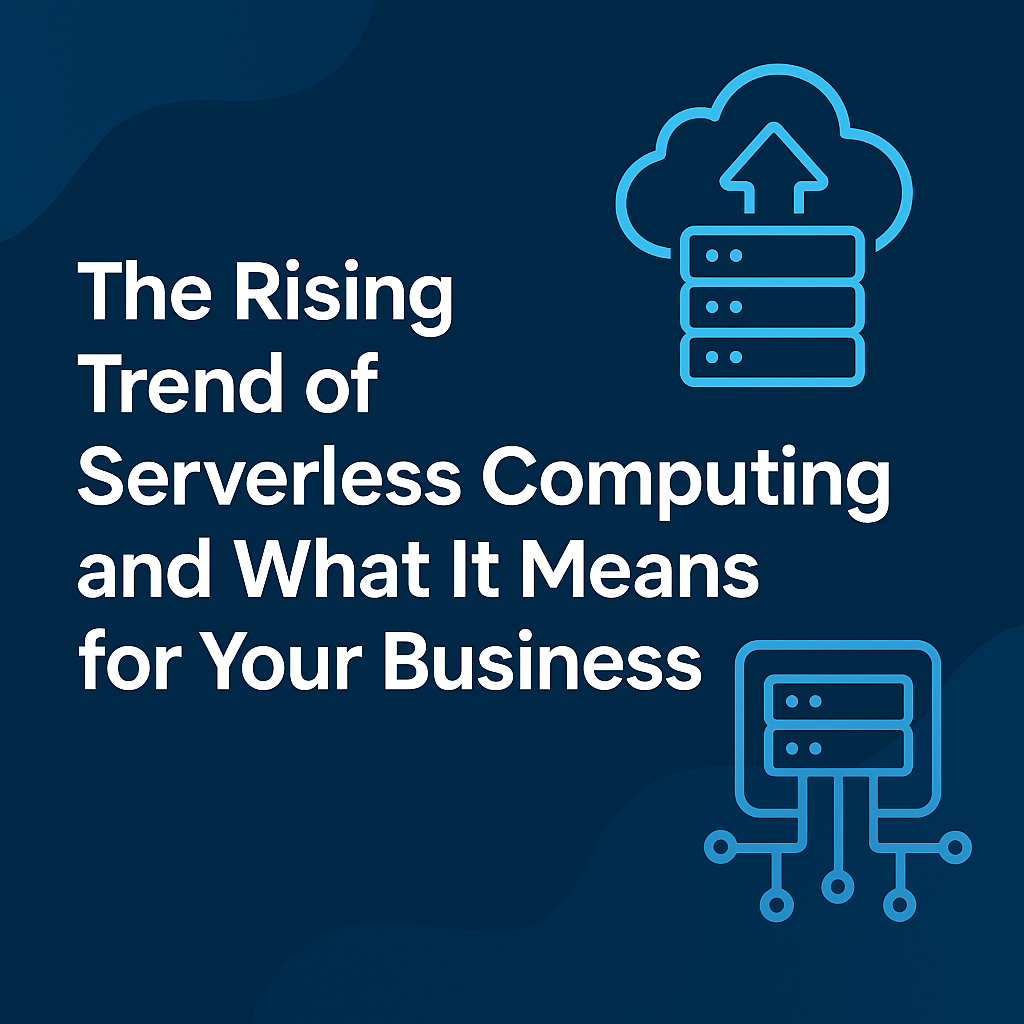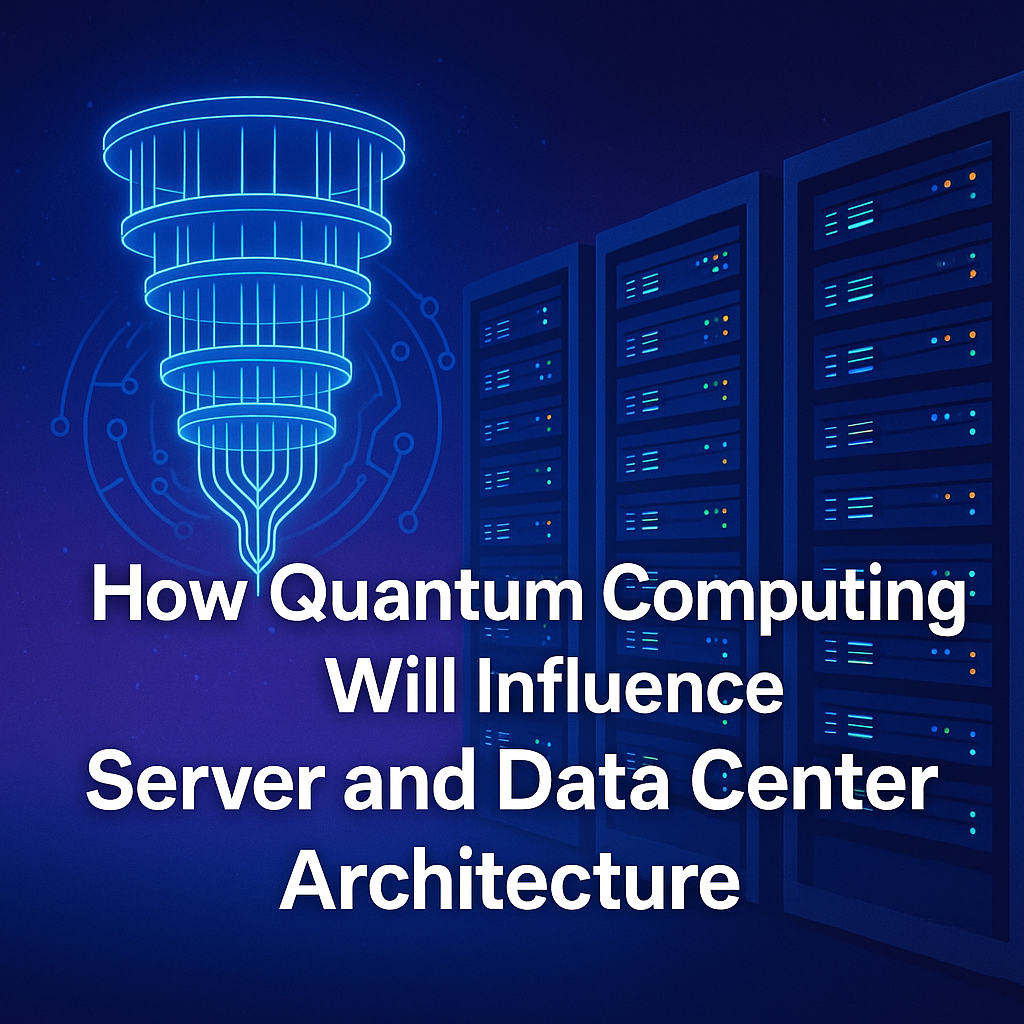
In today’s data-driven world, high-performance machines are at the core of modern operations—from AI model training and 3D rendering to web hosting and enterprise application deployment. But a common question often emerges among IT professionals, developers, and business leaders: What exactly is the difference between a server and a workstation?
On the surface, both servers and workstations might appear powerful, high-end computing devices. But beneath the hood, they are engineered for distinct purposes, have different architectures, and excel in different operational environments. This blog explores those differences in detail, examining everything from hardware configurations to real-world use cases.
🔌 What Is a Server?
A server is a computer system specifically designed to provide services, data, and resources to other computers (clients) over a network. Servers are optimized for uptime, concurrent connections, data redundancy, and long-term reliability.
Key characteristics of a server include:
-
Optimized for 24/7 operation.
-
Designed to handle multiple requests from clients simultaneously.
-
Prioritizes reliability, redundancy, and network performance.
-
Frequently found in rack-mounted or blade form factors.
-
Supports remote management via tools like IPMI, iDRAC, or BMC.
Servers are typically used in data centers, enterprise IT environments, and cloud infrastructures. They may host websites, databases, virtual machines, APIs, and enterprise software platforms.
🔧 What Is a Workstation?
A workstation is a high-performance desktop computer built for technical or scientific tasks such as 3D modeling, CAD, AI development, video editing, and software compilation.
Key characteristics of a workstation include:
- Built for individual users who require high performance.
- Equipped with powerful CPUs and GPUs for local compute-intensive tasks.
- Supports specialized software like AutoCAD, Adobe Premiere, TensorFlow, etc.
- Prioritizes graphics performance and real-time responsiveness.
- Often includes ECC RAM, NVMe SSDs, and professional GPUs (e.g., NVIDIA RTX A-series, AMD Radeon Pro).
Workstations are ideal for engineers, creators, data scientists, and software developers who need a powerful personal system to run complex workloads.
📊 Technical Comparison: Server vs. Workstation
Let’s break down the core differences from a technical perspective:
1. Hardware Configuration
- Server CPUs (Intel Xeon Scalable, AMD EPYC) are built for parallel workloads, high core counts, and multi-threading. Workstation CPUs (Intel Core i9, AMD Ryzen Threadripper) emphasize per-core performance for single-threaded applications.
- Servers support multiple CPUs and terabytes of RAM. Workstations are usually limited to one CPU but support high-performance RAM and GPUs.
- Servers often lack GPUs (unless used for AI/ML), whereas workstations are built with powerful graphics cards.
2. Purpose and Usage
- Servers are designed to deliver services to multiple users and systems over a network.
- Workstations are built for individual users working on local, computation-heavy applications.
3. Form Factor and Cooling
- Servers are rack-mounted, optimized for airflow in data centers.
- Workstations are typically tower-based or small form-factor desktops with quieter cooling systems.
4. Operating Systems and Software
- Servers run server-grade OSs (Linux Server, Windows Server) and are optimized for headless operations.
- Workstations run user-facing OSs (Windows 11 Pro, Ubuntu Desktop) with GUI interfaces for productivity.
5. Reliability and Uptime
- Servers feature redundant power supplies, ECC memory, hot-swappable drives, and RAID configurations.
- Workstations also use ECC RAM but lack the full redundancy stack found in server environments.

🤺 Real-World Scenarios
When to Use a Server:
- Hosting business applications like ERP or CRM.
- Running web, DNS, or mail servers.
- Managing virtual machines and storage arrays.
- Serving APIs and microservices in cloud deployments.
When to Use a Workstation:
- Designing 3D animations or architectural models.
- Editing 4K/8K video with color grading.
- Running data science experiments locally.
- Developing and testing AI models.
📈 Cost Implications
Workstations have higher upfront GPU/CPU costs for performance but no licensing requirements beyond OS and software. Servers may have higher TCO (total cost of ownership) due to infrastructure needs (rack space, cooling, power, redundancy).
However, in shared environments, servers offer economies of scale by serving multiple clients, reducing per-user cost in the long run.
🤔 Which One Do You Need?
It comes down to the nature of your workload:
- Choose a workstation if your tasks are visual, computational, or design-focused and require real-time feedback.
- Choose a server if you need always-on services, multi-user access, data redundancy, and remote administration.
In many enterprise environments, both coexist: workstations at the edge, servers at the core.
📊 The Hybrid Future: Server-Workstation Convergence
With the rise of virtualization, cloud-native tools, and high-bandwidth networking, the lines between workstations and servers are blurring. Technologies like NVIDIA Omniverse, VMware, and containerization platforms (Docker, Kubernetes) enable remote workloads to run on servers while being accessed from lightweight local machines.
This hybrid future makes it crucial to understand both systems' roles and choose the right one—or a blend—for your infrastructure strategy.

✅ Conclusion
Servers and workstations may look similar under the hood, but their engineering philosophy, workload optimization, and deployment strategy differ greatly. Choosing the right system isn't just a hardware decision—it's a strategic one.
By understanding these differences, organizations and individuals can invest in the right infrastructure, improve performance, reduce costs, and stay agile in an increasingly digital world.
Whether you're a developer building AI models, an IT manager scaling services, or a creative professional editing immersive media, knowing where each system excels can help you unlock its full potential.
